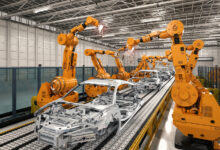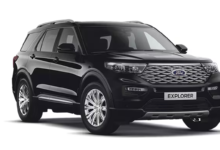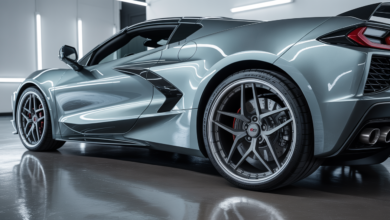
How do the motors work? What is the price of motors?
Electric motors are one of the most important inventions in history. They have changed the way we live, work, and play. In this blog post, we will take a look at how electric motors work and what the price of motors is. Stay tuned!
Table of Contents
1. Types of electric motors
There are several different types of electric motors, each with its own unique set of characteristics and applications. The most common type of electric motor is the brushed DC motor, which is used in a wide variety of consumer and industrial products. Brushed DC motors are cheap and reliable, but they require periodic maintenance due to the wear on the brushes. Another type of electric motor is the brushless DC motor, which is becoming increasingly popular in high-performance applications. Brushless DC motors are more efficient than brushed DC motors and don’t require any maintenance, but they’re more expensive. Other types of electric motors include ac motors, sg90 servo motors, and stepper motors. Ac motors are often used in large industrial applications, while stepper motors are commonly used in precision applications such as CNC machining. Sg90 servo motors are used in motorized vehicles and robotics arms. Check sg90 servo motors price.
2. How do electric motors work?
A motor is an electric machine that converts electrical energy into mechanical energy. The reverse process, that of converting mechanical energy into electrical energy, is done by a generator. Most electric motors work by electromagnetism. An electromagnet is a coil of wire that becomes magnetic when an electric current runs through it—the strength of the magnetism is proportional to the amount of current. The north and south poles of a bar magnet are at opposite ends of the bar, and they are where the magnetic field is strongest. Just as opposite poles of a bar magnet attract each other, so do the north and south poles of two electromagnets. The attracting force between the two poles powers the motor. In most motors, one pole is stationary, so only the other pole rotates. The rotating pole is attached to a shaft, which in turn can power a fan, pump, or some other device.
3. The price of electric motors
The price of electric motors can vary depending on the type of motor, the size, and the power rating. The most common type of electric motor is the brushed DC motor, which is typically used in appliances and hand-held power tools. Brushed DC motors are available in a wide range of sizes and power ratings, and their prices can range from around $20 to $200. The second most common type of electric motor is the brushless DC motor, which is often used in computer fans and hard drives. Brushless DC motors typically cost more than brushed DC motors, ranging from around $30 to $500. Finally, there are specialty electric motors that are used in applications such as medical equipment and robotics. Project motor price can be very expensive, with prices starting at around $100 and going up to several thousand dollars.
4. Factors that affect the price of electric motors
There are a variety of factors that affect the price of electric motors. One of the most important is the type of motor being produced. For example, synchronous motors tend to be more expensive than asynchronous motors. Other factors include the size and power rating of the motor, as well as the type of material used in its construction. In general, larger and more powerful motors will be more expensive than smaller ones. Additionally, motors made with rare or expensive materials will also carry a higher price tag. Finally, the price can also be affected by factors such as production volume and demand. If a motor is in high demand but low supply, the price will generally be higher. All of these factors must be considered when setting the price for an electric motor.
5. Applications for electric motors
Electric motors are used in a wide range of applications, from small household appliances to large industrial machines. Their simple design and high efficiency make them well suited for a variety of uses. For example, electric motors are commonly used in fans, pumps, and compressors. They are also used to power many types of transportation, including cars, trains, and boats. In addition, electric motors are an important part of many construction and manufacturing processes. In short, electric motors play a vital role in our everyday lives.
Conclusion paragraph: Electric motors are found in a variety of devices and appliances that we use every day. While the cost of electric motors may seem high, many factors go into the price. By understanding how electric motors work and what affects their price, you can make an informed decision when purchasing an electric motor.








